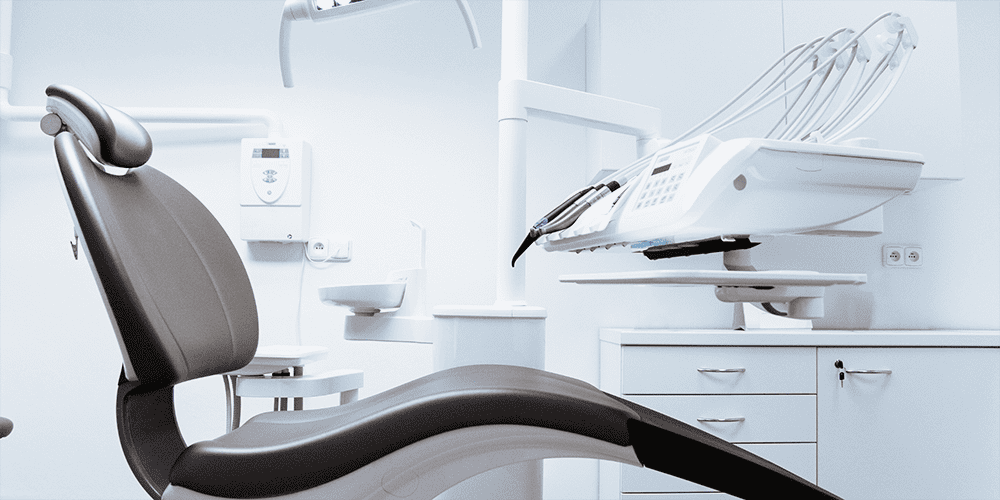Evaluating standard screening protocols
The industry-standard screening method is the visual oral examination (VOE), which uses both visual and tactile assessments to search the oral cavity and neck for abnormal tissue growth or oral potentially malignant disorders (OPMDs).1 Some providers may choose to supplement these examinations with light-based technology and/or oral rinses to more clearly distinguish between benign and malignant neoplasms, as well as other inflammatory conditions. If available, screenings may also include:2
- Toluidine blue staining
- Autofluorescence
- Chemiluminescence
- Cytology
- Narrow band imaging
Despite newer technology, these adjunctive methods have yet to demonstrate more powerful detection capabilities than the VOE.2 They can identify the presence of a lesion, but fail to accurately specify which type. In addition to the high rate of false positives, these screening adjuncts are often costly, complex, and may give rise to unwanted side effects.2
Characterizing the ideal screening method
Even with the most recent screening technology, the VOE remains the gold standard in oral cancer detection. However, the lack of early stage symptom recognition poses a threat to screening success and patient outcomes. In order to reliably detect oral cancer before it enters stages III and IV, providers must have access to a screening technique that:
- Can be used at the point of care during routine check-ups
- Is cost-effective, non-invasive, and relatively fast
- Takes into account lifestyle factors for individualized assessment
- Accurately determines the risk of oral cancer based on biomarkers
Where older methods have failed to measure up, new innovations — including those leveraging salivary biomarker analysis — are emerging as game-changers in oral cancer detection. Vigilant Biosciences®® is leading the way in oral cancer innovation with clinically proven, data-driven risk assessment solutions that meet both patient and provider needs to ultimately improve outcomes.
Learn more about how Vigilant Biosciences®® is transforming oral cancer detection technology.
1. Warnakulasuriya, S., & Kerr, A.R. (2021). Oral Cancer Screening: Past, Present, and Future. Journal of Dental Research 100(12), 1313-1320.
2. Kim, D.H., Kim, S.W., & Hwang, S.H. (2022). Efficacy of non-invasive diagnostic methods in the diagnosis and screening of oral cancer and precancer. Brazilian Journal of Otorhinolaryngology 88(6), 937-947.
